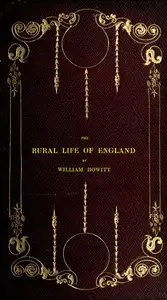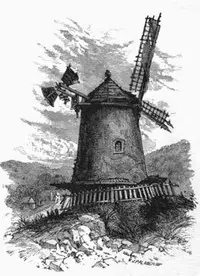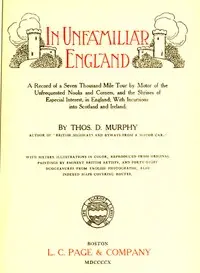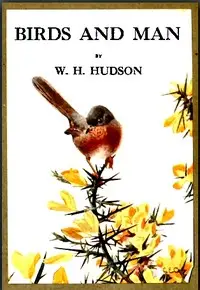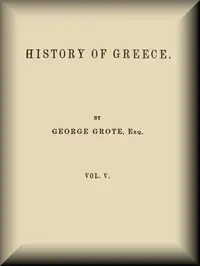"Afoot in England" by W. H. Hudson is a travel story from the 1800s that shows the wonders of the English countryside through walking and cycling. The book highlights the importance of really connecting with nature and the people you meet on your journey. Instead of using guidebooks, the author wants readers to enjoy the excitement of finding things out for themselves. The book starts by looking at all the guidebooks available in England and how they can actually make travel less enjoyable. The author thinks these guides stop people from truly experiencing a new place. He tells a story about finding a charming village where the sound of church bells filled the hills. Experiences like this, along with the interesting stories and customs he learns about, show how much better it is to wander and observe instead of following a guide. This start shows how the rest of the book will celebrate truly immersive travel experiences.
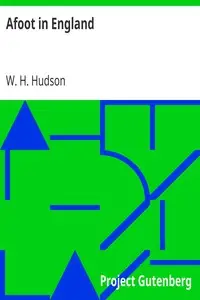
Afoot in England
By W. H. (William Henry) Hudson
Escape into the English countryside with nothing but your own two feet, discovering hidden gems and unexpected joys far beyond the well-trodden tourist paths.
Summary
About the AuthorWilliam Henry Hudson, known in Argentina as Guillermo Enrique Hudson, was an Anglo-Argentine author, naturalist and ornithologist. Born in the Argentinian pampas where he roamed free in his youth, he observed bird life and collected specimens for the Smithsonian Institution. The Patagonian birds Knipolegus hudsoni and Asthenes hudsoni are named after him. He would later write about life in Patagonia that drew special admiration for his style. His most popular work Green Mansions (1904), a romance set in the Venezuelan forest inspired a Hollywood movie and several other works.
William Henry Hudson, known in Argentina as Guillermo Enrique Hudson, was an Anglo-Argentine author, naturalist and ornithologist. Born in the Argentinian pampas where he roamed free in his youth, he observed bird life and collected specimens for the Smithsonian Institution. The Patagonian birds Knipolegus hudsoni and Asthenes hudsoni are named after him. He would later write about life in Patagonia that drew special admiration for his style. His most popular work Green Mansions (1904), a romance set in the Venezuelan forest inspired a Hollywood movie and several other works.



